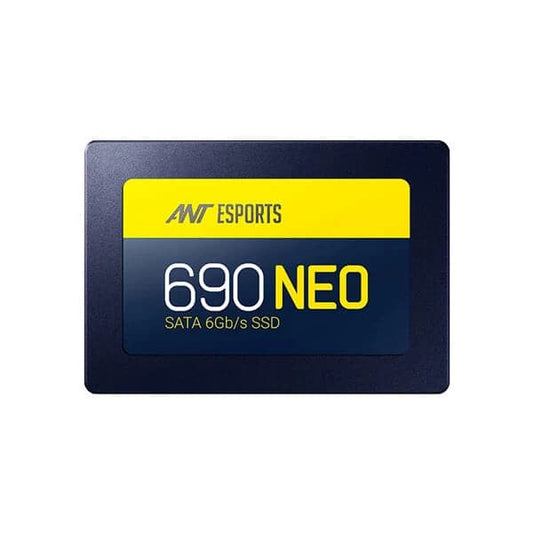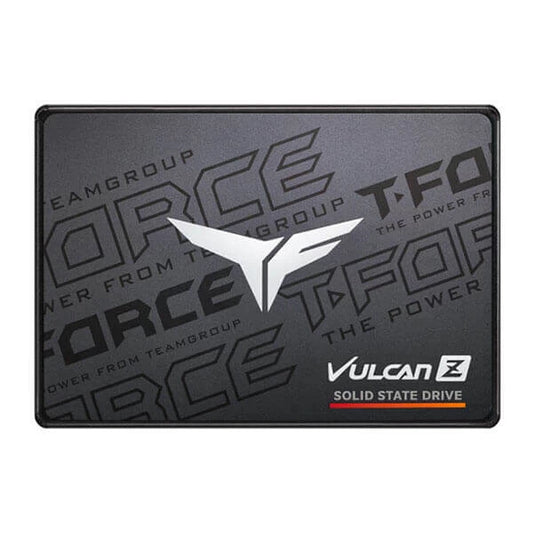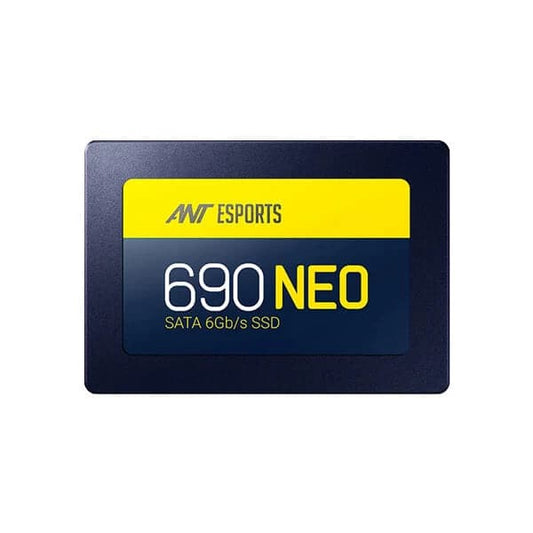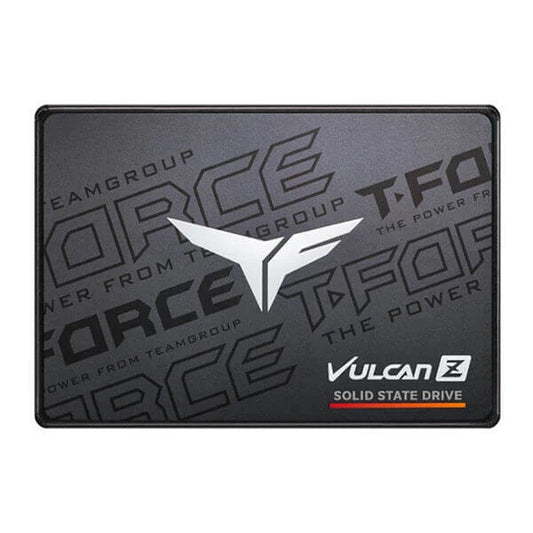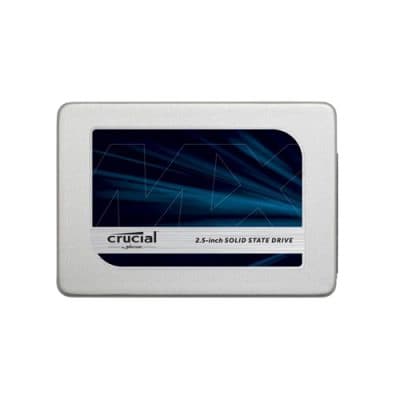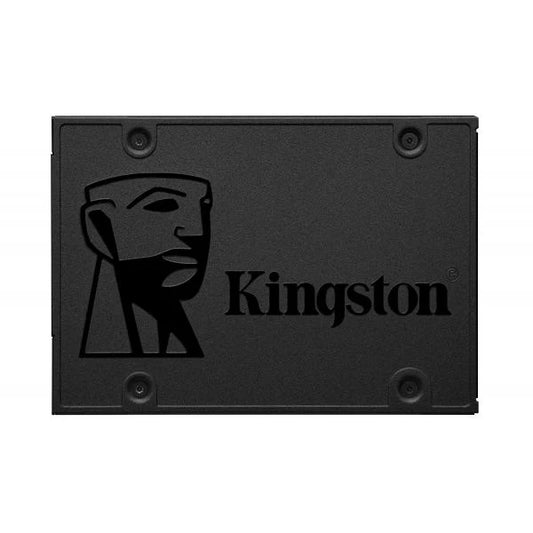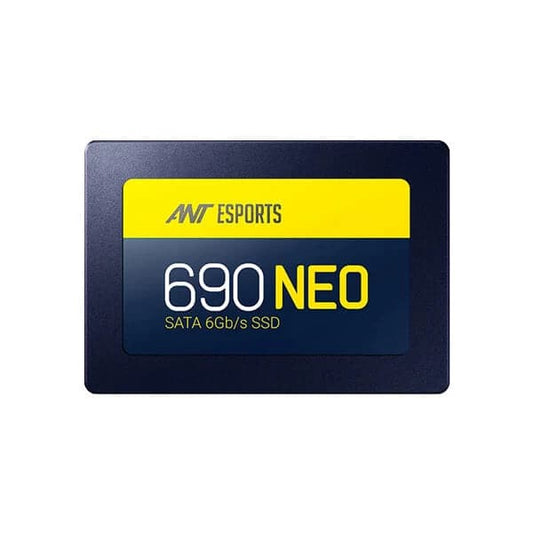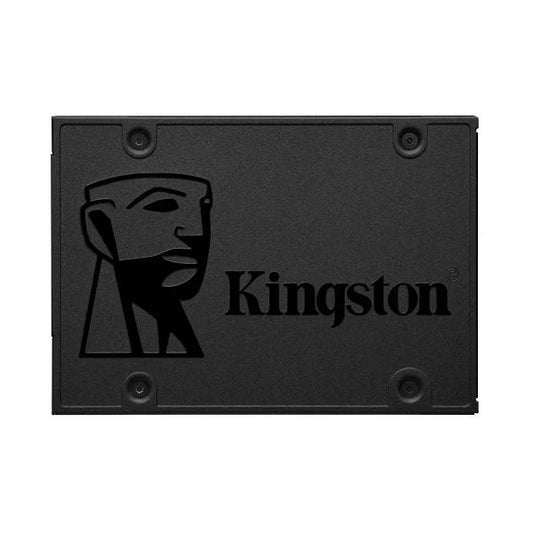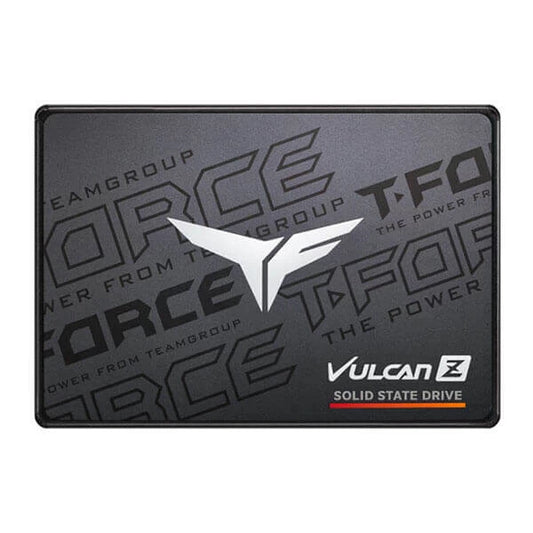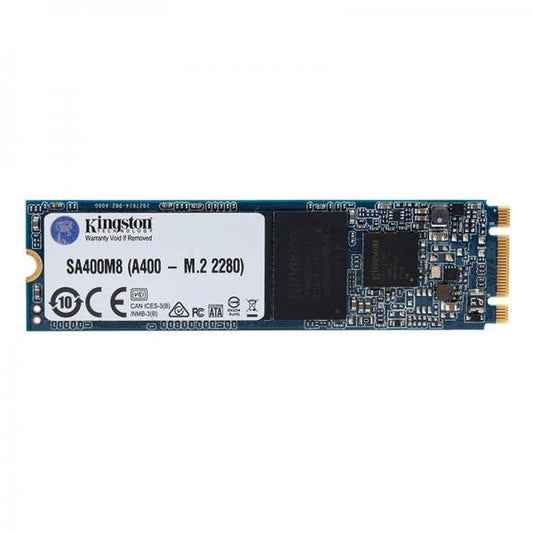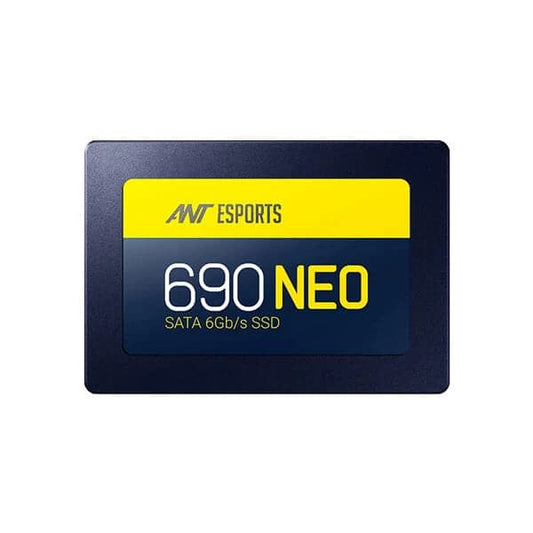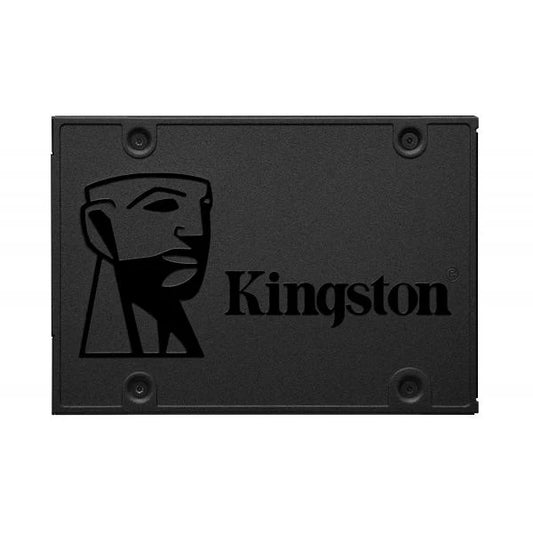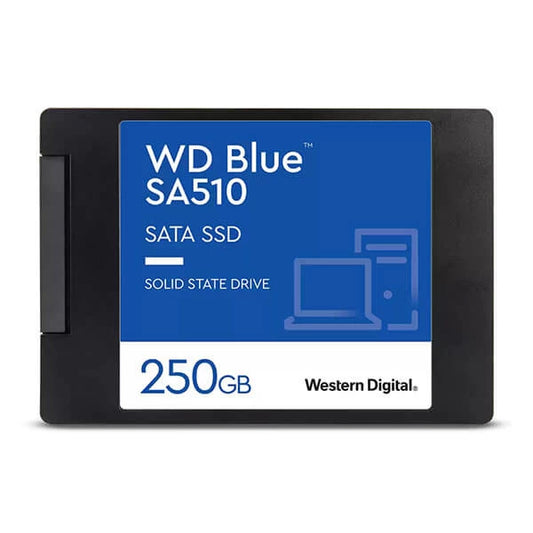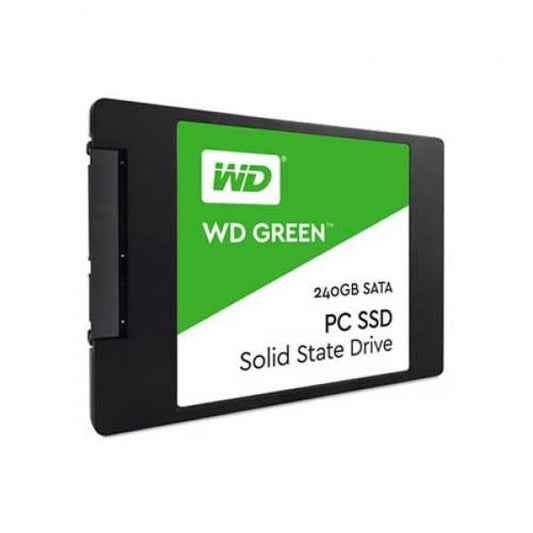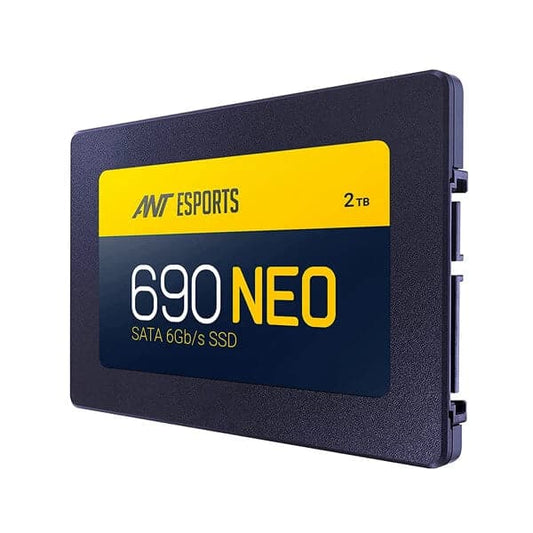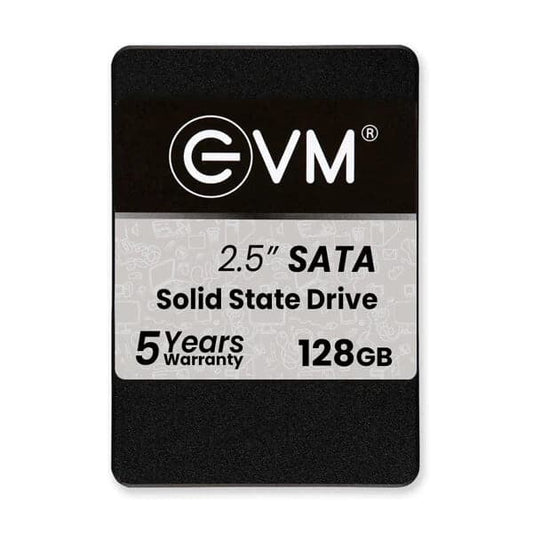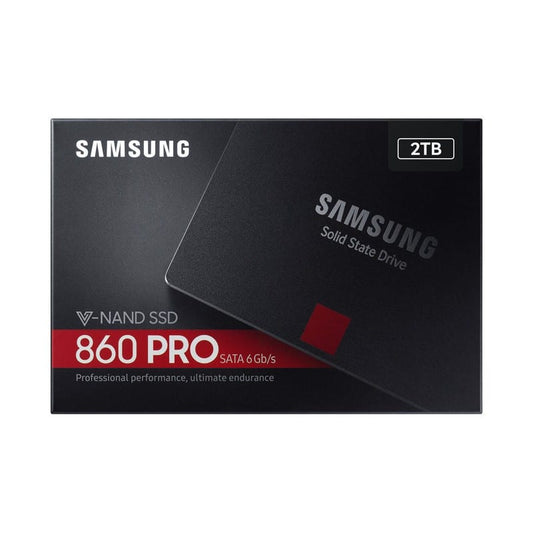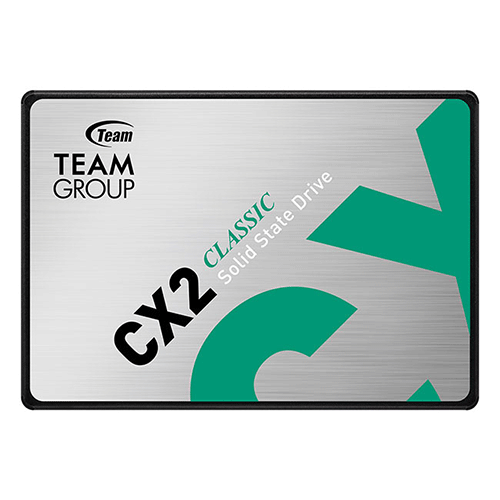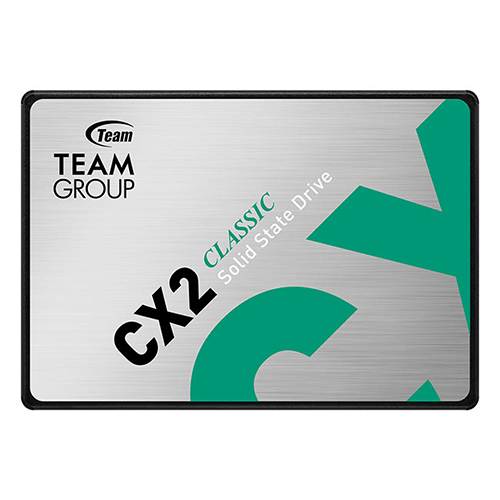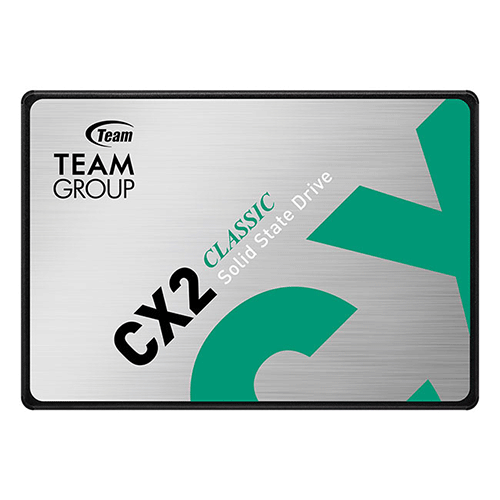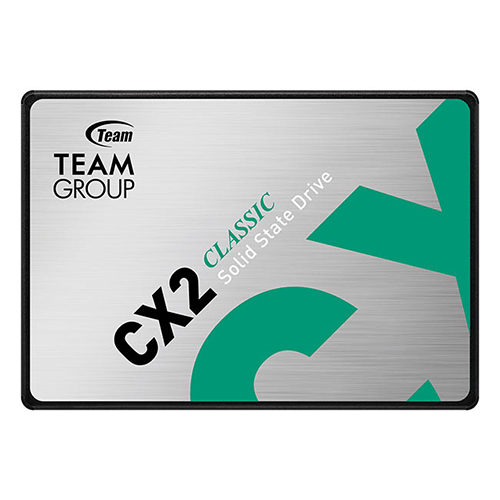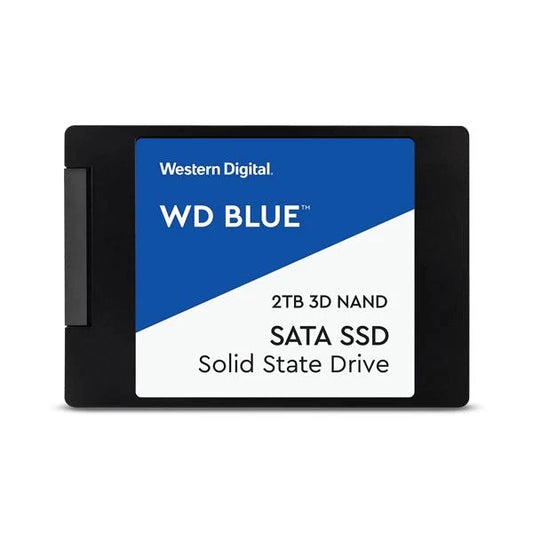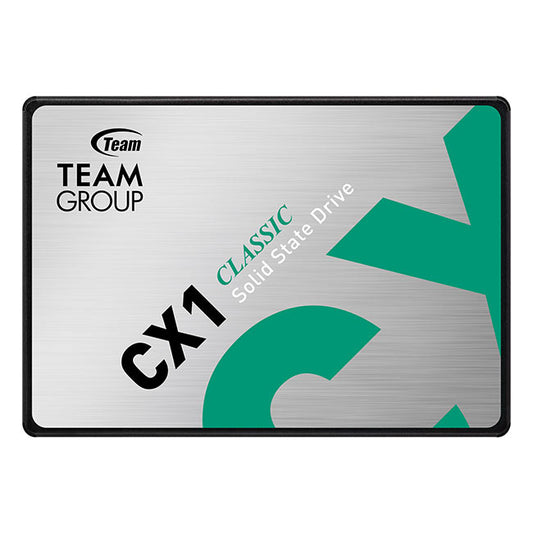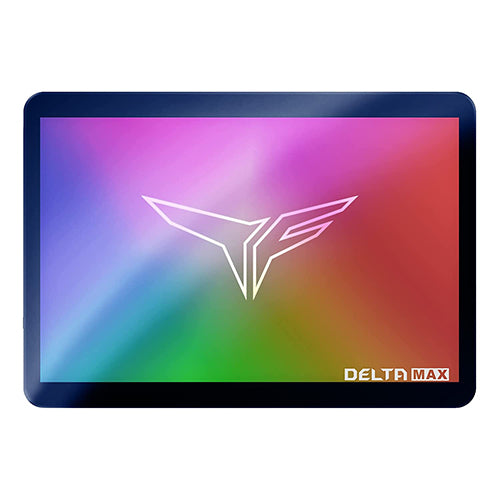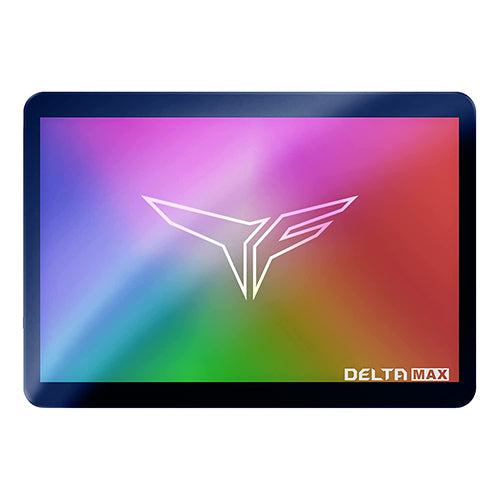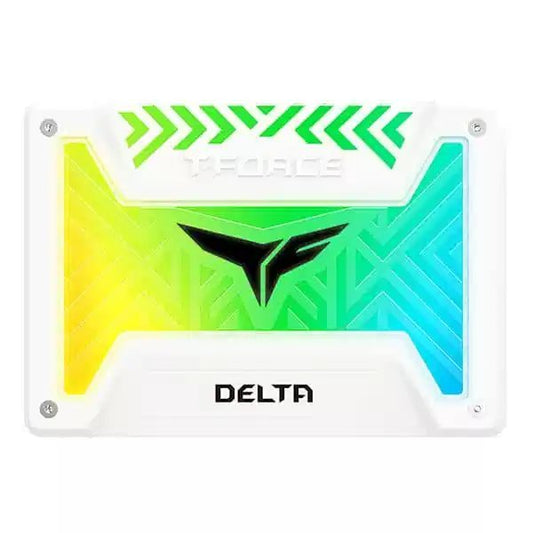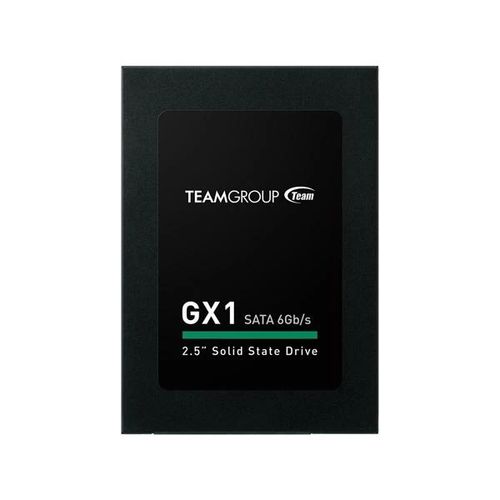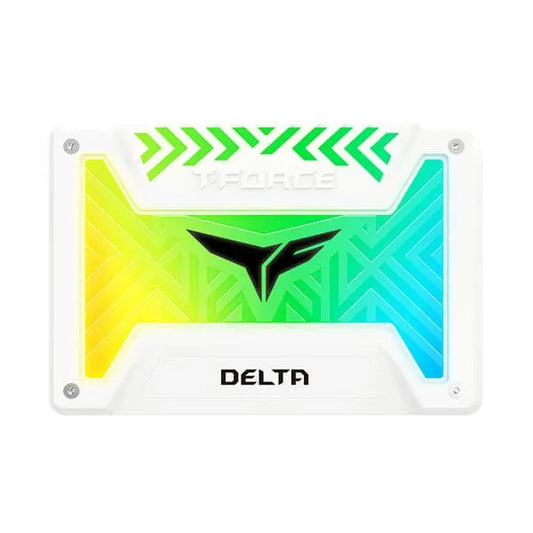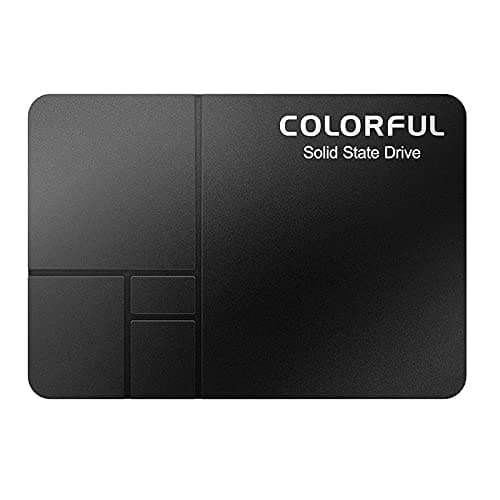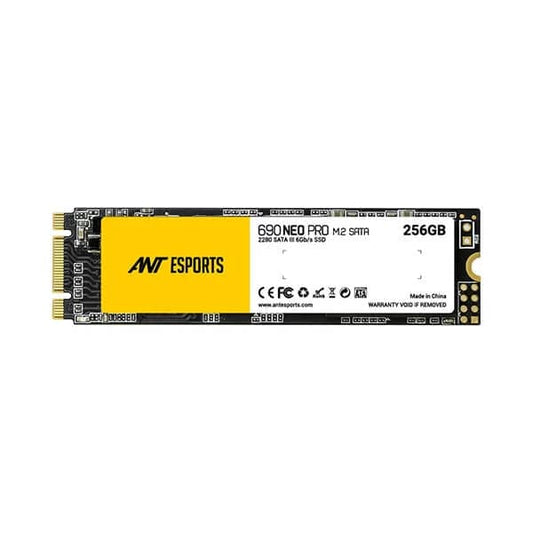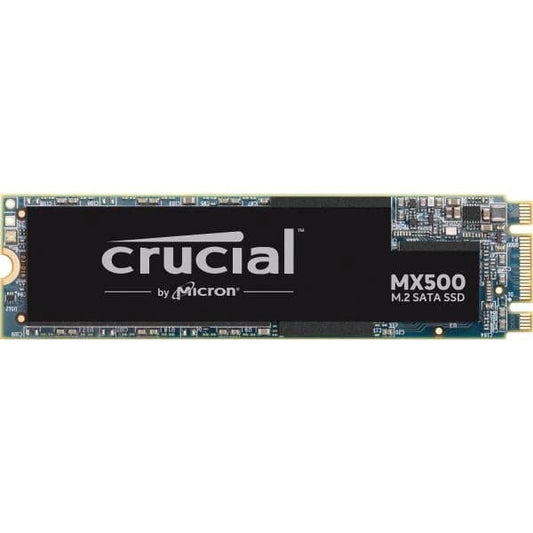Ant Esports 690 Neo 128GB 2.5 Inch SATA SSD
Rs. 1,095.00
Rs. 3,399.00
Western Digital Blue SA510 500GB SATA III SSD
Rs. 3,725.00
Rs. 6,500.00
Teamgroup T-Force Vulcan Z 256GB SATA SSD (T253TZ256G0C101)
Rs. 2,045.00
Rs. 2,999.00
Ant Esports 690 Neo 512GB 2.5 Inch SATA SSD
Rs. 3,195.00
Rs. 10,499.00
Teamgroup T-Force Vulcan Z 512GB SATA SSD
Rs. 3,045.00
Rs. 4,999.00
Crucial BX500 1TB 3D NAND 2.5 inch SATA SSD
Rs. 5,538.00
Rs. 8,000.00
Crucial MX500 500GB 3D NAND SATA SSD
Rs. 4,395.00
Rs. 7,900.00
EVM 256GB 2.5 inch SATA Internal SSD
Rs. 1,645.00
Rs. 2,145.00
Crucial BX500 240GB 3D NAND SATA SSD
Rs. 1,965.00
Rs. 3,500.00
Kingston A400 240GB 2.5 inch SATA Internal SSD
Rs. 2,268.00
Rs. 2,999.00
Ant Esports 690 Neo 1TB 2.5 Inch SATA SSD
Rs. 5,115.00
Rs. 17,599.00
Kingston A400 480GB 2.5" SATA Internal SSD
Rs. 3,495.00
Rs. 6,800.00
Teamgroup T-Force Vulcan Z 1TB SATA SSD (T253TZ001T0C101)
Rs. 5,995.00
Rs. 7,999.00
Kingston A400 240GB M.2 SATA Internal SSD
Rs. 1,899.00
Rs. 2,735.00
Ant Esports 690 Neo 256GB 2.5 Inch SATA SSD
Rs. 1,820.00
Rs. 5,699.00
Ant Esports 690 Neo Pro 512GB M.2 SATA Internal SSD
Rs. 2,598.00
Rs. 10,499.00
Crucial MX500 2TB 3D NAND SATA SSD
Rs. 11,135.00
Rs. 29,700.00
EVM 512GB 2.5 inch SATA Internal SSD
Rs. 2,099.00
Rs. 3,910.00
Kingston A400 960GB SATA Internal SSD
Rs. 6,744.00
Rs. 7,900.00
Crucial MX500 250GB 3D NAND SATA SSD
Rs. 2,838.00
Rs. 5,700.00
Western Digital Blue SA510 250GB SATA III SSD
Rs. 2,895.00
Rs. 6,735.00
Kingston A400 480GB SATA Internal SSD
Rs. 3,075.00
Rs. 4,999.00
Samsung 870 Evo 1TB 2.5 Inch SATA Internal SSD
Rs. 8,870.00
Rs. 18,399.00
Western Digital Green 240GB 2.5 inch SATA SSD (WDS240G2G0A)
Rs. 2,073.00
Rs. 4,300.00
Ant Esports 690 Neo 2TB Internal SSD
Rs. 8,118.00
Rs. 9,624.00
Crucial MX500 1TB 3D NAND SATA SSD
Rs. 6,898.00
Rs. 14,990.00
Samsung 870 Evo 500GB 2.5 Inch SATA Internal SSD
Rs. 4,635.00
Rs. 10,449.00
EVM 128GB 2.5 inch SATA Internal SSD
Rs. 896.00
Rs. 1,349.00
Crucial BX500 120GB 3D NAND 2.5 inch SATA III SSD
Rs. 2,295.00
Rs. 3,800.00
Samsung 860 Pro 2TB SATA SSD
Rs. 36,994.00
Rs. 45,000.00
Team Group CX2 2.5 Inch 256GB SATA III 3D NAND Internal SSD (T253X6256G0C101)
Rs. 2,651.00
Rs. 3,977.00
TeamGroup CX2 2.5 Inch 512GB SATA III 3D NAND Internal SSD (T253X6512G0C101)
Rs. 4,259.00
Rs. 10,163.00
TeamGroup CX2 2.5 Inch 1TB SATA III 3D NAND Internal SSD (T253X6001T0C101)
Rs. 5,450.00
Rs. 27,990.00
TeamGroup CX2 2.5 Inch 2TB SATA III 3D TLC Internal SSD (T253X6002T0C101)
Rs. 14,836.00
Rs. 34,875.00
Western Digital Blue 2TB SATA SSD
Rs. 15,694.00
Rs. 20,000.00
TeamGroup CX1 240GB SATA SSD
Rs. 2,254.00
Rs. 5,625.00
TeamGroup T-Force Delta Max 1TB ARGB SATA SSD (Black)
Rs. 8,500.00
Rs. 14,499.00
TeamGroup T-Force Delta Max 500GB ARGB SATA SSD (Black)
Rs. 5,200.00
Rs. 14,990.00
TeamGroup T-Force Delta RGB 1TB SATA SSD (White)
Rs. 7,800.00
Rs. 13,999.00
TeamGroup GX1 240GB SATA Internal SSD
Rs. 1,811.00
Rs. 5,625.00
TeamGroup T-Force Delta RGB 500GB SATA Internal SSD (White)
Rs. 3,995.00
Rs. 14,990.00
Colorful SL500 250GB 3D NAND 2.5 inch SATA SSD
Rs. 1,245.00
Rs. 5,000.00
Colorful SL500 512GB 2.5 inch SATA SSD
Rs. 2,095.00
Rs. 9,750.00
Ant Esports 690 Neo Pro 256GB M.2 SATA Internal SSD
Rs. 1,488.00
Rs. 5,599.00
Crucial MX500 1TB 3D NAND M.2 SATA SSD
Rs. 3,795.00
Rs. 14,990.00
Samsung 870 Evo 250GB 2.5 Inch SATA Internal SSD
Rs. 3,694.00
Rs. 7,999.00
Samsung 870 Evo 2TB 2.5 Inch SATA Internal SSD
Rs. 13,895.00
Rs. 32,049.00
Samsung 870 QVO 4TB 2.5 Inch SATA III SSD
Rs. 29,135.00
Rs. 46,349.00
Samsung 870 Evo 4TB 2.5 Inch SATA Internal SSD
Rs. 33,500.00
Rs. 61,999.00
Samsung 860 Pro 1TB 2.5 Inch SATA SSD
Rs. 19,735.00
Rs. 31,999.00

